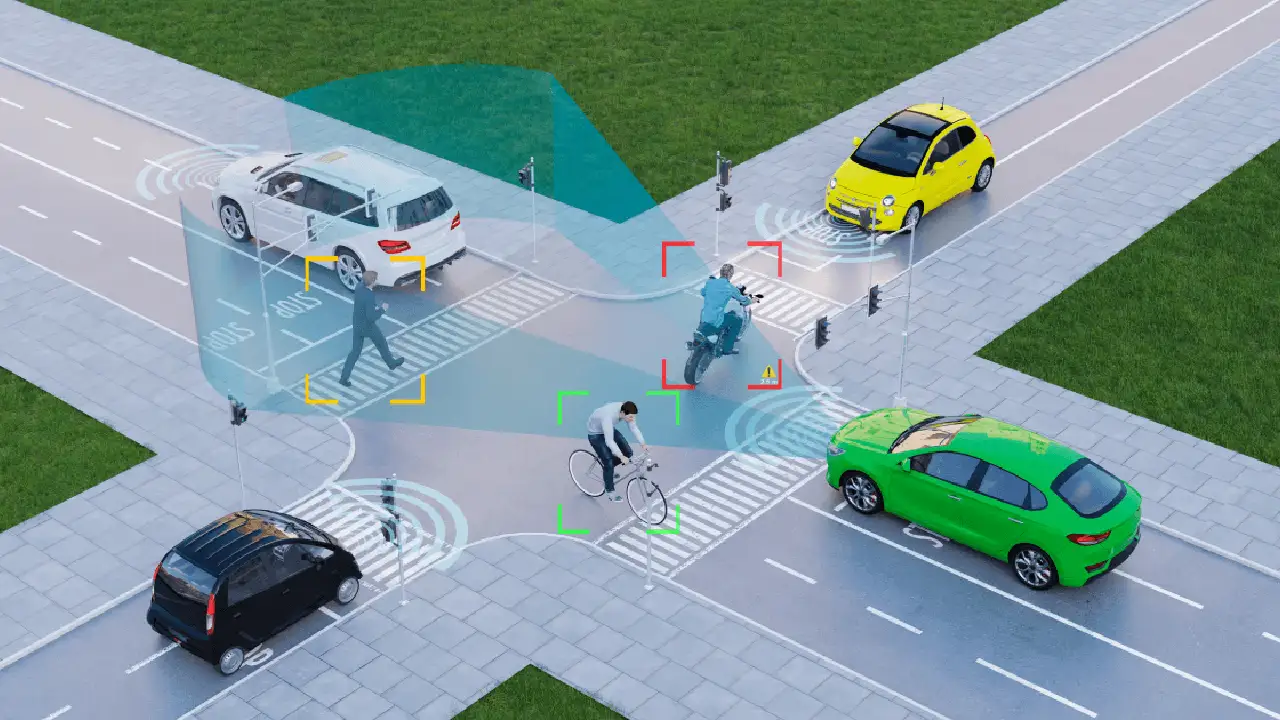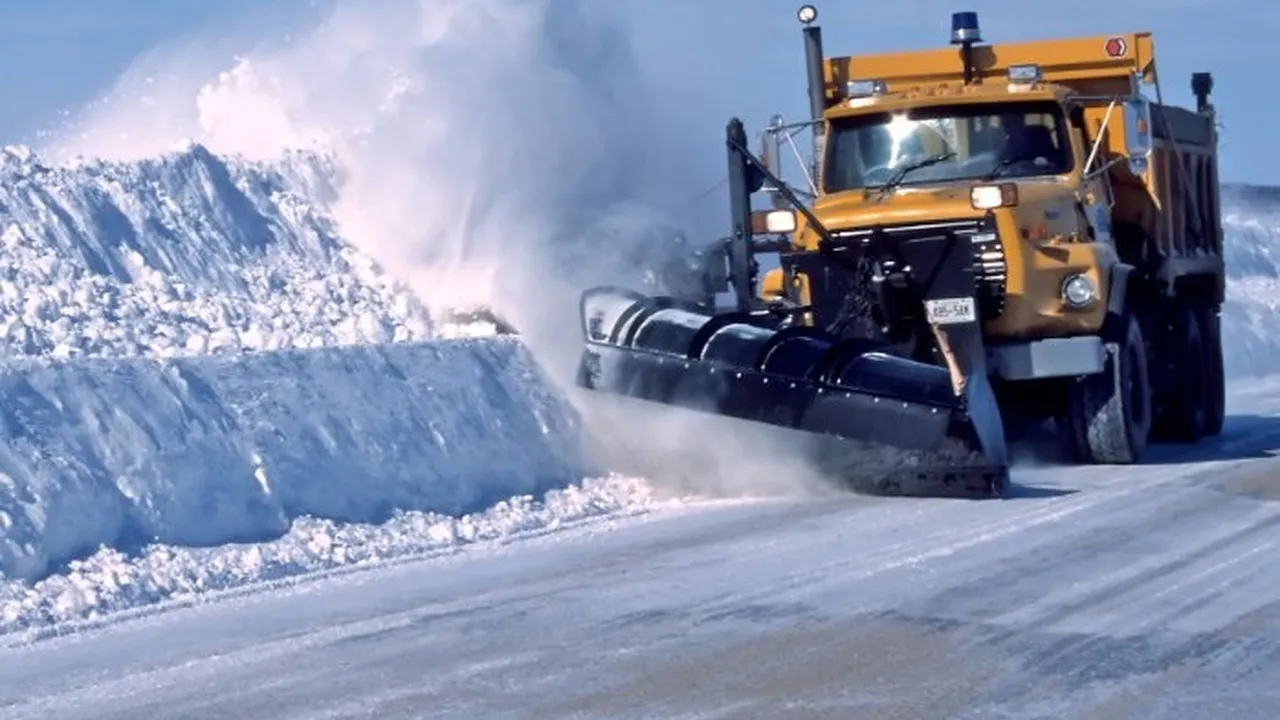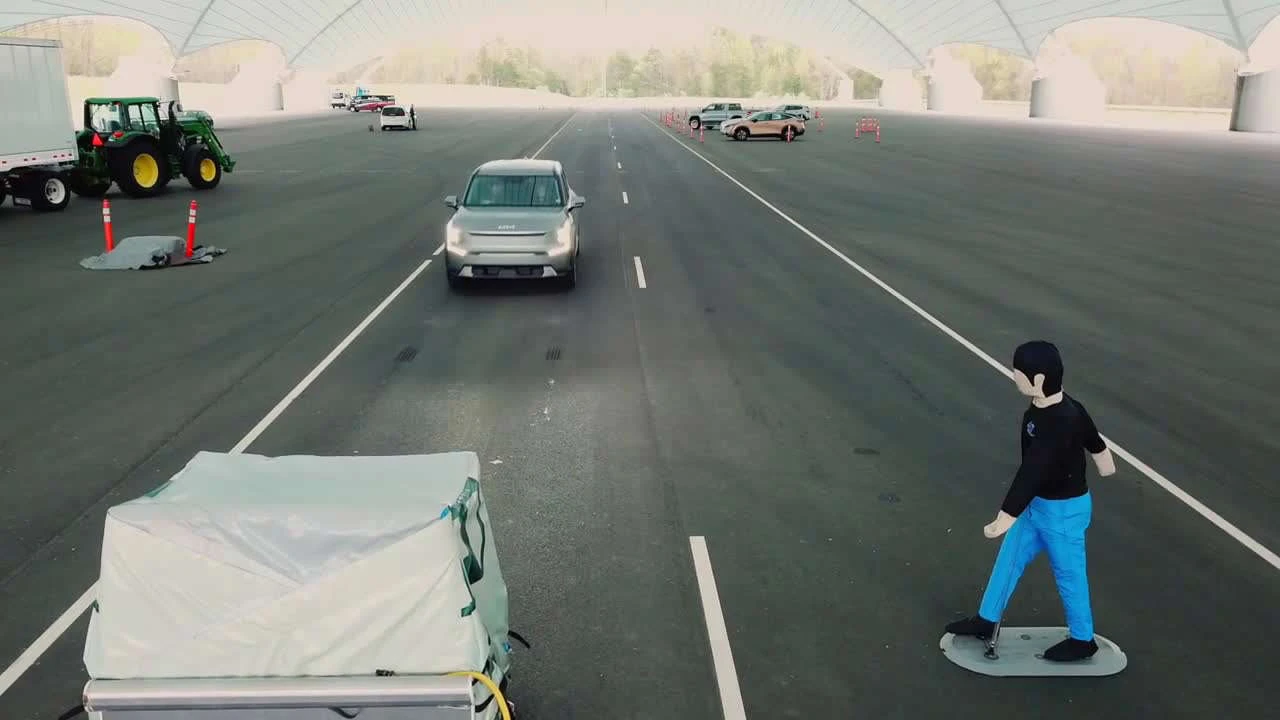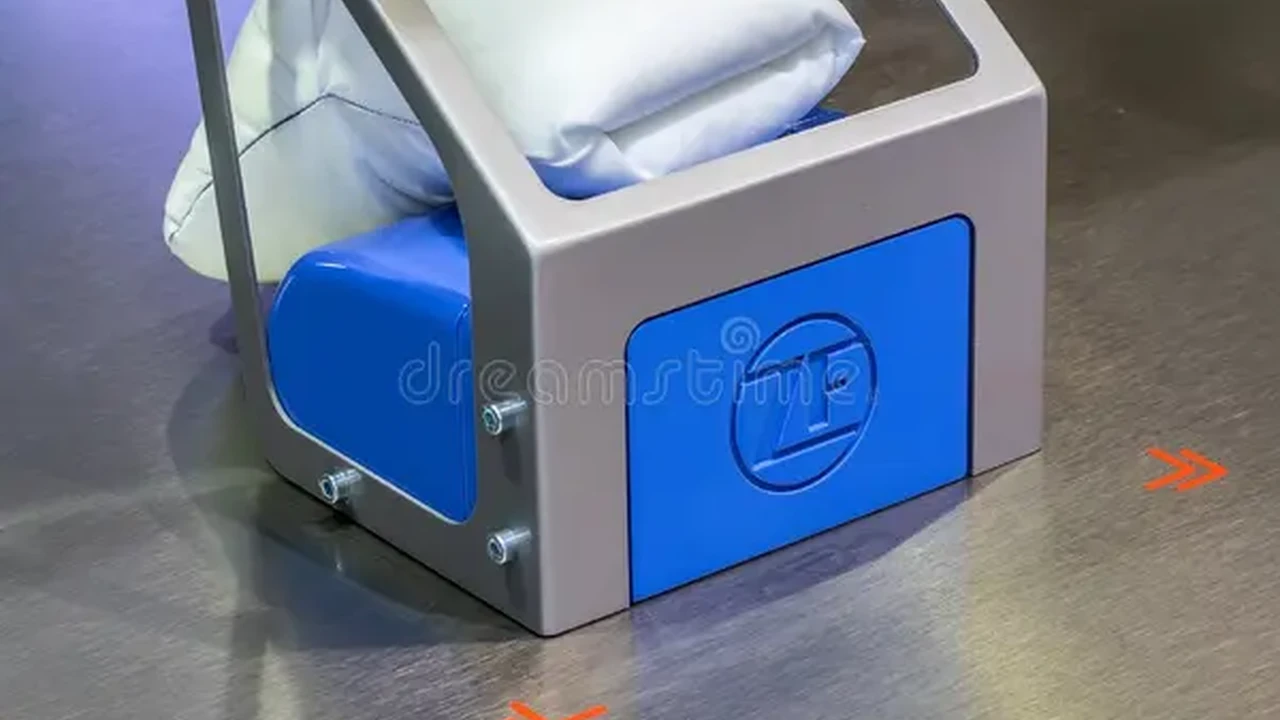The Role of Sensors in Modern Vehicle Safety

Introduction to Vehicle Safety Sensors and Their Importance
Hey there, car enthusiasts and safety-conscious drivers! Let's dive into the fascinating world of sensors in modern vehicles. These aren't just fancy gadgets; they're the unsung heroes working tirelessly to keep you and your passengers safe on the road. We're talking about everything from preventing fender benders to potentially life-saving interventions. Think of them as your car's extra set of eyes and ears, constantly monitoring the environment and alerting you to potential hazards.
Types of Sensors Used in Crash Avoidance Systems
So, what kind of sensors are we talking about? Well, there's a whole bunch! Let's break down some of the key players:
- Radar Sensors: These use radio waves to detect the distance and speed of objects around the vehicle. Think of them as long-range detectors, perfect for adaptive cruise control and forward collision warning.
- LiDAR (Light Detection and Ranging) Sensors: LiDAR uses laser beams to create a 3D map of the surroundings. They offer incredibly precise object detection, making them crucial for autonomous driving and advanced driver-assistance systems (ADAS).
- Camera Sensors: Cameras provide visual information to the car's computer. They're used for lane departure warning, traffic sign recognition, and pedestrian detection.
- Ultrasonic Sensors: These use sound waves to detect objects at close range. They're commonly used in parking assist systems.
- Infrared Sensors: These detect heat signatures, allowing the car to "see" in the dark. They're often used in night vision systems.
Radar Sensors for Adaptive Cruise Control and Collision Warning
Radar sensors are the workhorses of many ADAS features. Adaptive cruise control uses radar to maintain a safe following distance from the car in front, automatically adjusting your speed as needed. Forward collision warning systems use radar to detect potential collisions and alert the driver, giving them time to react. These systems are particularly useful on highways and in stop-and-go traffic.
LiDAR Sensors for High-Precision Object Detection
LiDAR is the king of precision. It paints a detailed picture of the environment, allowing the car to identify objects with incredible accuracy. This is essential for autonomous driving, where the car needs to understand its surroundings in great detail. LiDAR can distinguish between a pedestrian and a tree, or a bicycle and a motorcycle, making it a critical component of self-driving systems.
Camera Sensors for Lane Departure Warning and Traffic Sign Recognition
Cameras are the eyes of the car. Lane departure warning systems use cameras to monitor lane markings and alert the driver if they start to drift out of their lane. Traffic sign recognition systems use cameras to read traffic signs and display them on the dashboard, helping drivers stay informed about speed limits and other important information. Think of it as a helpful co-pilot reminding you of the rules of the road.
Ultrasonic Sensors for Parking Assistance and Blind Spot Monitoring
Parking can be a pain, but ultrasonic sensors make it a breeze. These sensors emit sound waves that bounce off nearby objects, allowing the car to measure the distance to those objects. This information is used to provide audible and visual cues to the driver, making parking easier and safer. They are also used for blind spot monitoring, alerting you when another vehicle is in your blind spot.
Infrared Sensors for Night Vision Systems
Driving at night can be challenging, but infrared sensors can help. These sensors detect heat signatures, allowing the car to "see" in the dark. Night vision systems use infrared sensors to display a thermal image of the road ahead, highlighting pedestrians, animals, and other objects that might be difficult to see with headlights alone. This technology can significantly improve visibility and safety at night.
Product Recommendations and Comparisons
Okay, let's get down to brass tacks and talk about some specific products. Keep in mind that prices can vary depending on the vehicle and options packages.
Mobileye 8 Connect: A Retrofit Solution for Existing Vehicles
Product: Mobileye 8 Connect
Description: This is an aftermarket ADAS system that can be installed in older vehicles. It uses a single camera to provide features like forward collision warning, lane departure warning, and pedestrian detection.
Use Case: Great for drivers who want to add safety features to their older car without buying a new one. Perfect for city driving and reducing the risk of low-speed collisions.
Price: Around $800 - $1200 (including installation)
Comparison: Compared to factory-installed ADAS systems, Mobileye 8 Connect offers fewer features and may not be as seamlessly integrated. However, it's a much more affordable option for upgrading an existing vehicle.
Bosch Front Radar Sensor MRR: A Common OEM Choice
Product: Bosch Front Radar Sensor MRR (Mid-Range Radar)
Description: This is a radar sensor commonly used by automotive manufacturers for adaptive cruise control and automatic emergency braking systems. It provides accurate distance and speed measurements in various weather conditions.
Use Case: Integrated into vehicles like BMW, Mercedes-Benz, and Audi. Used for highway driving, maintaining a safe following distance, and preventing rear-end collisions.
Price: Not sold as a standalone product; integrated into vehicle systems. Cost is reflected in the overall vehicle price.
Comparison: Bosch is a leading supplier of automotive components, and their radar sensors are known for their reliability and performance. Competing sensors include those from Continental and Denso.
Velodyne Lidar Puck LITE: For Advanced Robotics and Autonomous Research
Product: Velodyne Lidar Puck LITE
Description: A compact and powerful LiDAR sensor used in autonomous vehicles, robotics, and mapping applications. It provides a 360-degree view of the environment with high resolution.
Use Case: Used in research and development of self-driving cars, drones, and industrial robots. Not typically found in consumer vehicles (yet!).
Price: Around $4,000 - $8,000
Comparison: Velodyne is a well-known name in LiDAR technology. Competing LiDAR sensors include those from Luminar and Innoviz Technologies, which are increasingly being integrated into production vehicles.
Valeo SCALA 2 LiDAR: Automotive Grade LiDAR for Production Vehicles
Product: Valeo SCALA 2 LiDAR
Description: An automotive-grade LiDAR sensor designed for mass production vehicles. Offers long-range detection and high resolution, enabling advanced driver-assistance features and autonomous driving capabilities.
Use Case: Integrated into vehicles like the Mercedes-Benz S-Class and EQS. Used for enhanced safety features, including advanced emergency braking and lane keeping assistance, especially in complex driving scenarios.
Price: Not available as a standalone product; integrated into the vehicle system. The cost is part of the overall vehicle price.
Comparison: The Valeo SCALA 2 is one of the first automotive-grade LiDAR sensors to be deployed in production vehicles, marking a significant step towards wider adoption of LiDAR technology in the automotive industry. It competes with other automotive LiDAR solutions from companies like Innoviz and Luminar.
The Future of Sensors in Vehicle Safety
The future of vehicle safety is undeniably linked to advancements in sensor technology. We can expect to see even more sophisticated sensors that can detect and respond to a wider range of hazards. Artificial intelligence will play an increasingly important role in analyzing sensor data and making decisions in real-time. Imagine cars that can predict accidents before they happen and take evasive action automatically! It's an exciting time to be in the automotive industry, and sensors are at the heart of it all.
:max_bytes(150000):strip_icc()/277019-baked-pork-chops-with-cream-of-mushroom-soup-DDMFS-beauty-4x3-BG-7505-5762b731cf30447d9cbbbbbf387beafa.jpg)






